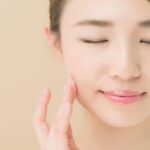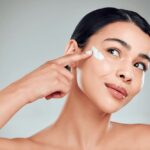## What Causes Blackheads and How to Get Rid of Them?
What causes blackheads?
Blackheads form when your pores become clogged. According to Kseniya Kobets, a New York-based dermatologist, “Blackheads are pores filled with excess oil, keratin, and makeup, which turn black due to oxidation when exposed to air.”
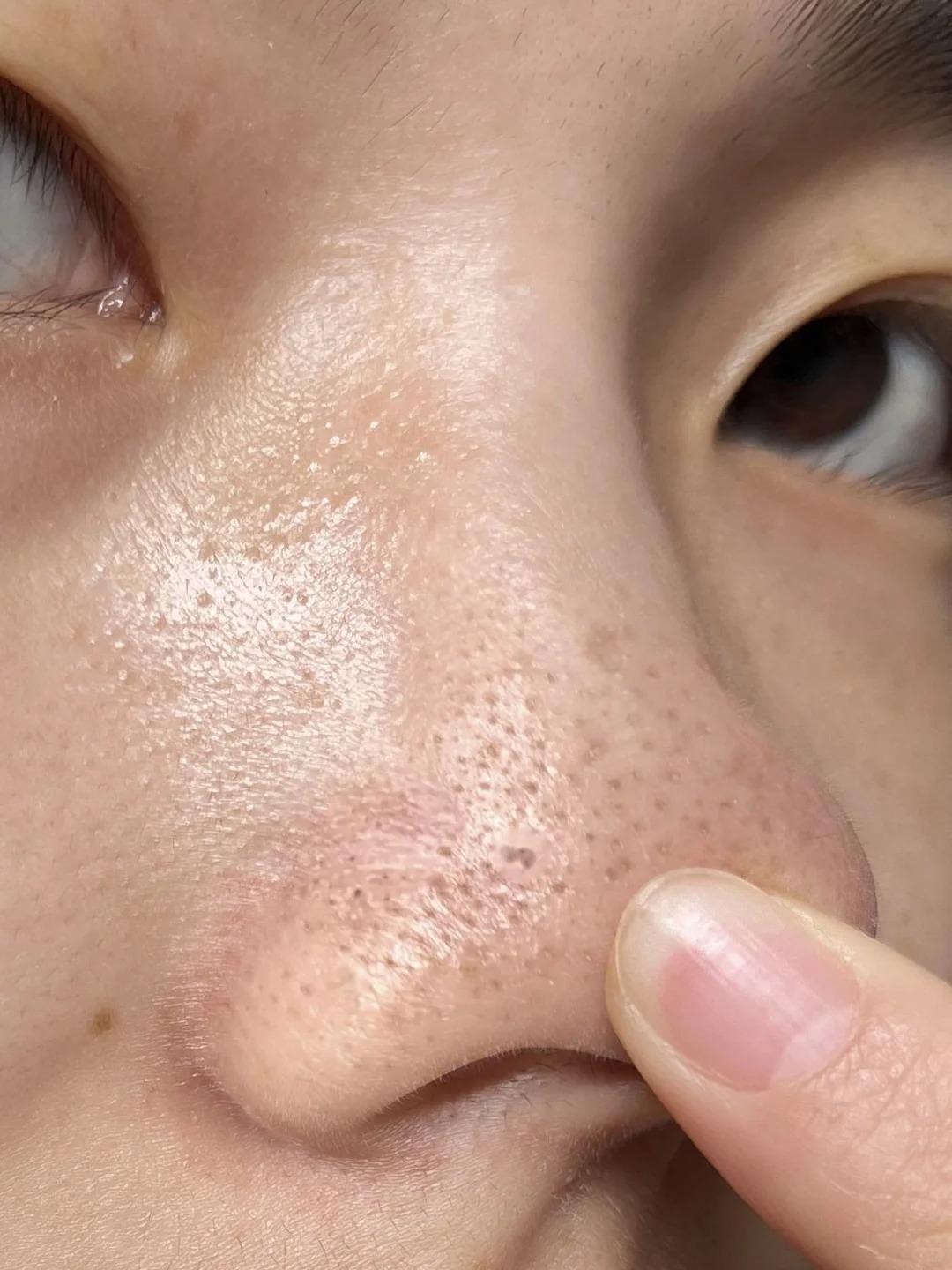
Blackheads are caused by clogged pores.
Nazanin Saedi from Philadelphia further explains, “Overproduction of oil can clog pores, leading to various forms of acne, including blackheads. The black color is not due to dirt but a chemical reaction between the trapped oil and air.” Blackheads often appear as small black dots on and around the nose, typically in the T-zone area, but they can also show up on the chest, back, or ears. If your current skincare routine is ineffective in combating blackheads and acne, it’s time to reevaluate the ingredients and consistency of your cleanser.
Signs of an unsuitable cleanser
The first step in skincare is double cleansing, which involves cleansing your skin twice. Failing to eliminate blackheads completely may be due to using unsuitable makeup removers and cleansers. However, before assuming your cleanser is too mild and opting for stronger products, remember that stronger isn’t always better. Kobets cautions that while the feeling of “squeaky clean” skin after washing may be satisfying for most, over-cleansing can strip away the skin’s protective barrier and disrupt its microbiome.
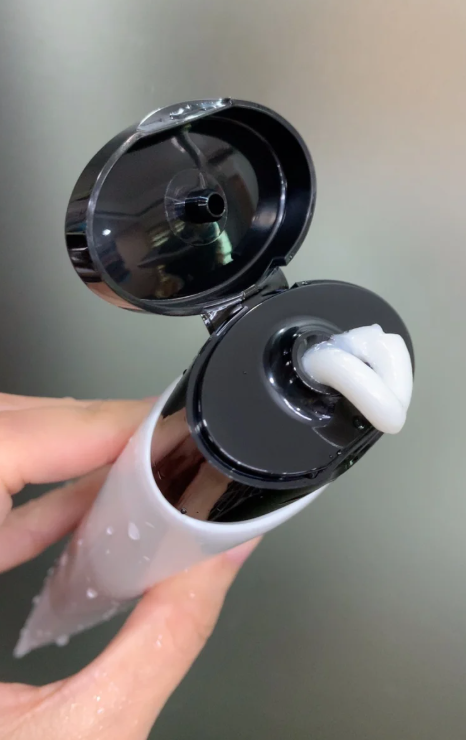
Using an unsuitable cleanser can worsen blackheads.
“A consistent skincare routine with anti-acne ingredients is the best path to clearer skin,” advises Saedi. Opt for products with supplementary ingredients like glycerin, ceramides, niacinamide, hyaluronic acid, peptides, and botanicals to soothe the skin and promote a healthy microbiome.
What ingredients should a cleanser have?
According to Kobets, there are three key ingredients to look for in products aimed at blackhead removal. For oily skin, a foaming cleanser is ideal, but be mindful of the frequency of use as overdoing it can strip away the skin’s protective barrier and microbiome.
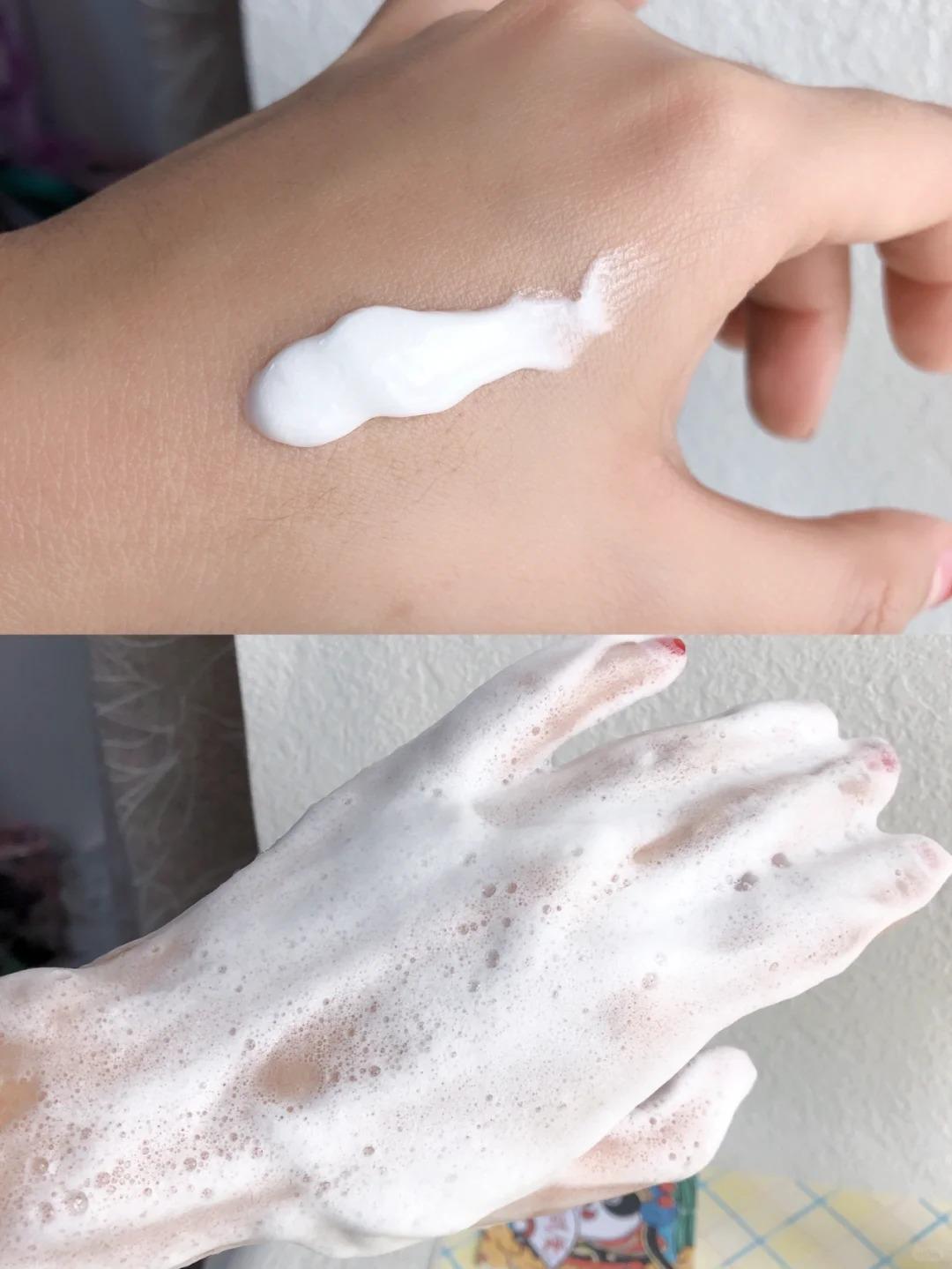
Different skin types require specific cleanser ingredients to improve blackheads.
For drier skin types, opt for a moisturizing cleanser with active ingredients like benzoyl peroxide to remove excess oil, dirt, and makeup from the sebaceous glands. Consider using salicylic acid to prevent and control blackheads. Kobets warns against using benzoyl peroxide and salicylic acid simultaneously to avoid irritation.
Additional tips for treating blackheads
Kobets recommends daily retinoid use as it can be combined with benzoyl peroxide or salicylic acid to reduce oil production and pore size. Additionally, she suggests cutting back on heavy moisturizers, especially those containing dimethicone, as this ingredient can contribute to oil buildup and clogged pores.
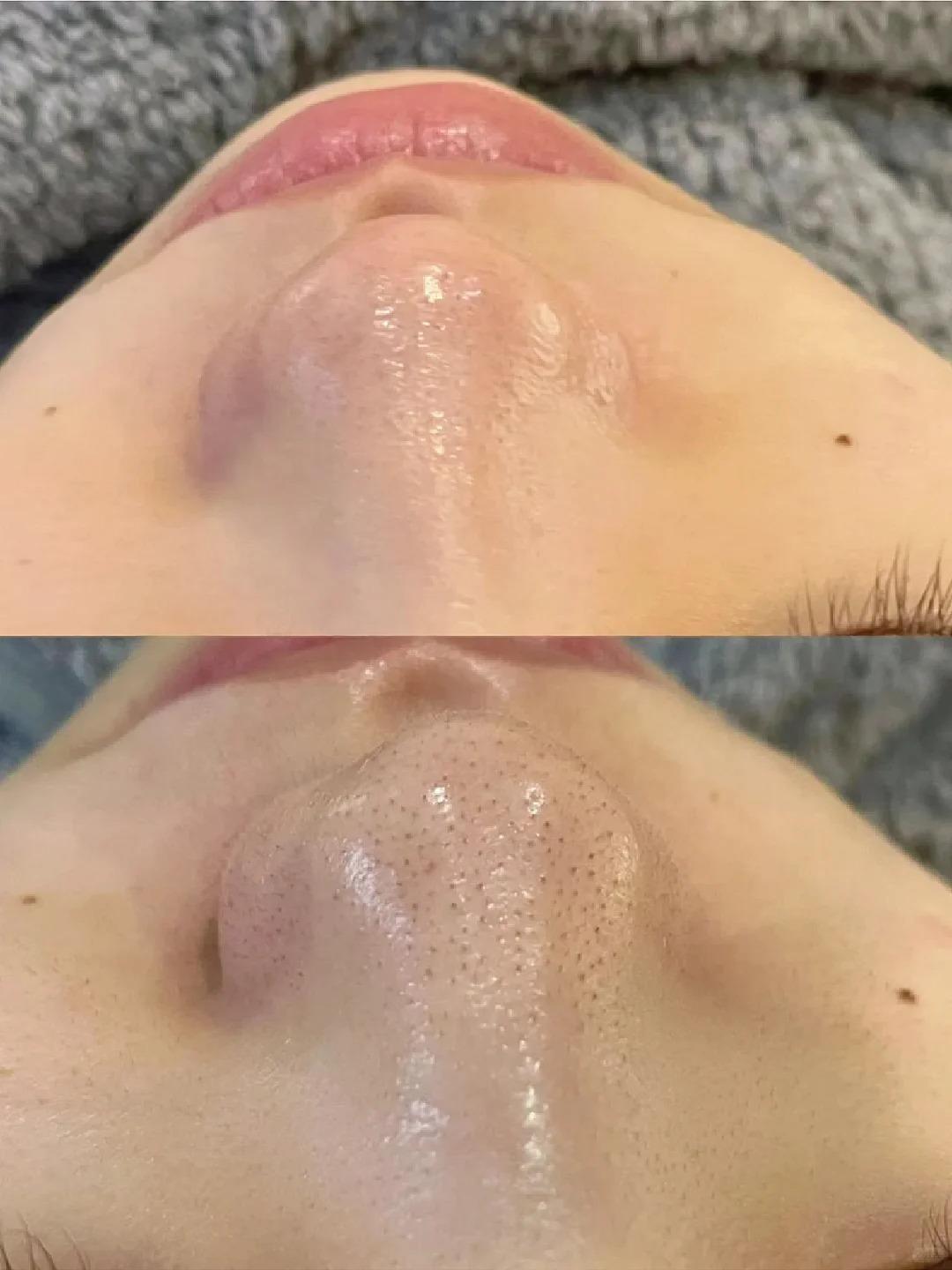
Incorporating retinoids can help improve blackheads.
Booking a clinic treatment is one way to eliminate blackheads. Depending on the severity, you may also opt for in-clinic procedures such as Hydrafacials, chemical peels, or laser treatments to reduce oil production and improve skin texture. She also suggests regular use of blue and red light therapy to clear active acne and reduce redness and inflammatory acne.
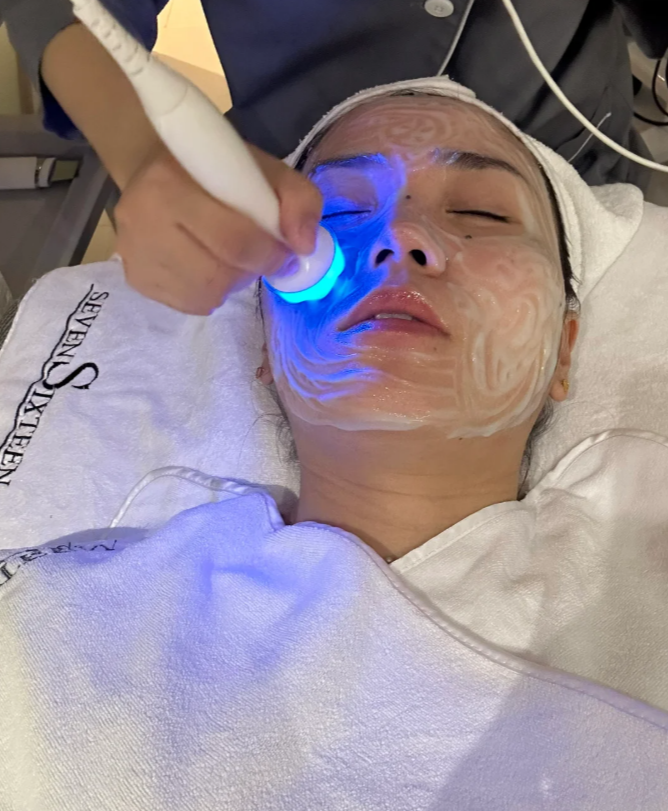
In-clinic dermatological treatments can help improve blackheads.
Simply cleansing your skin is not enough; understanding your skin type is crucial to finding the right actives and approaches to improve blackheads, resulting in clear and youthful skin. Remember, “The goal is to clean the skin and remove excess oil while still protecting the skin’s barrier,” advises Saedi. She recommends consulting a dermatologist to devise a personalized acne treatment plan if blackheads persist despite diligent cleansing.
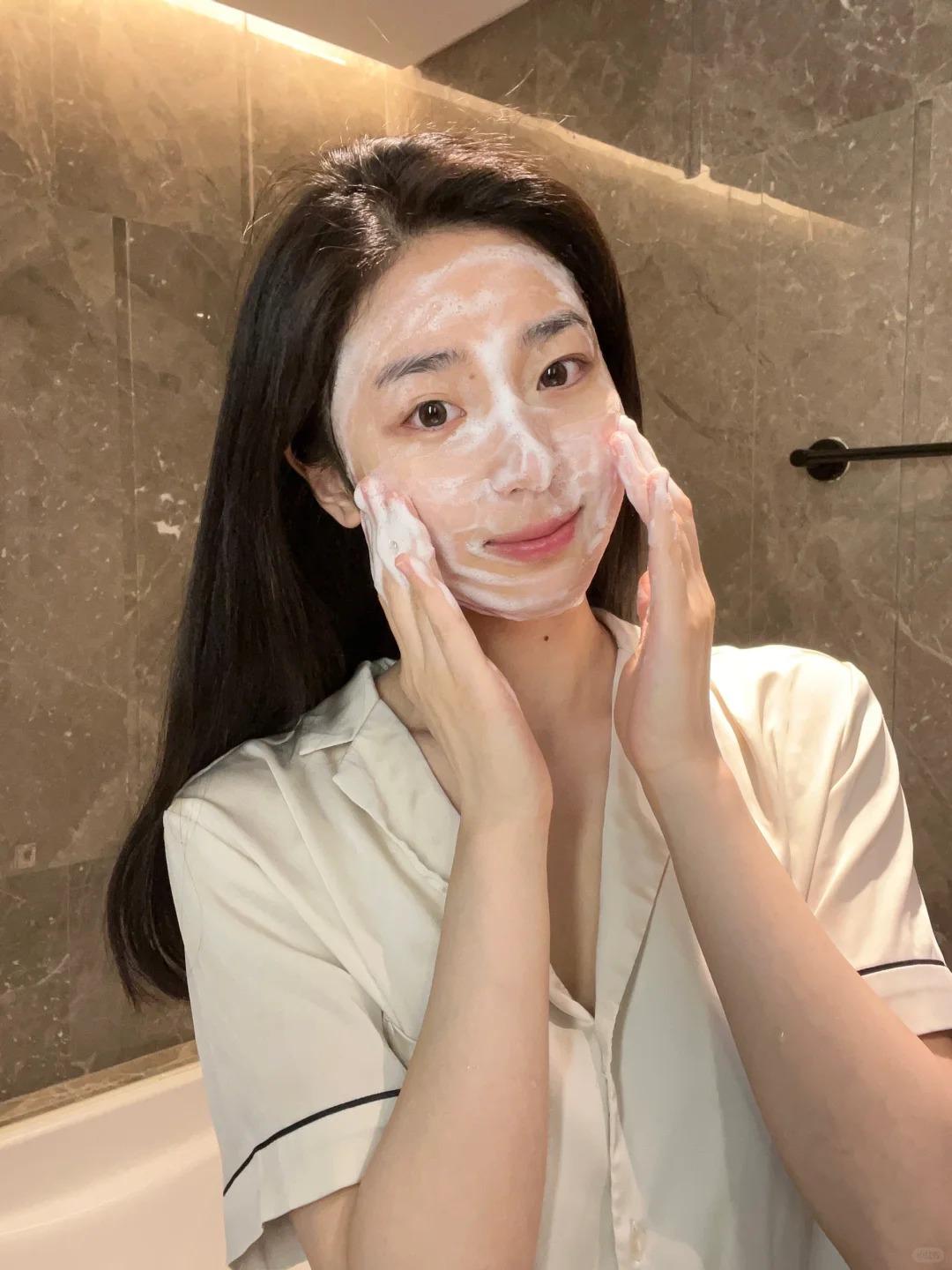
Consult a dermatologist if blackheads persist.
Skincare and treating skin conditions is a journey. Simplify your skincare routine to suit your current skin condition. Applying knowledge shared by dermatologists can help you manage and improve blackheads.




























